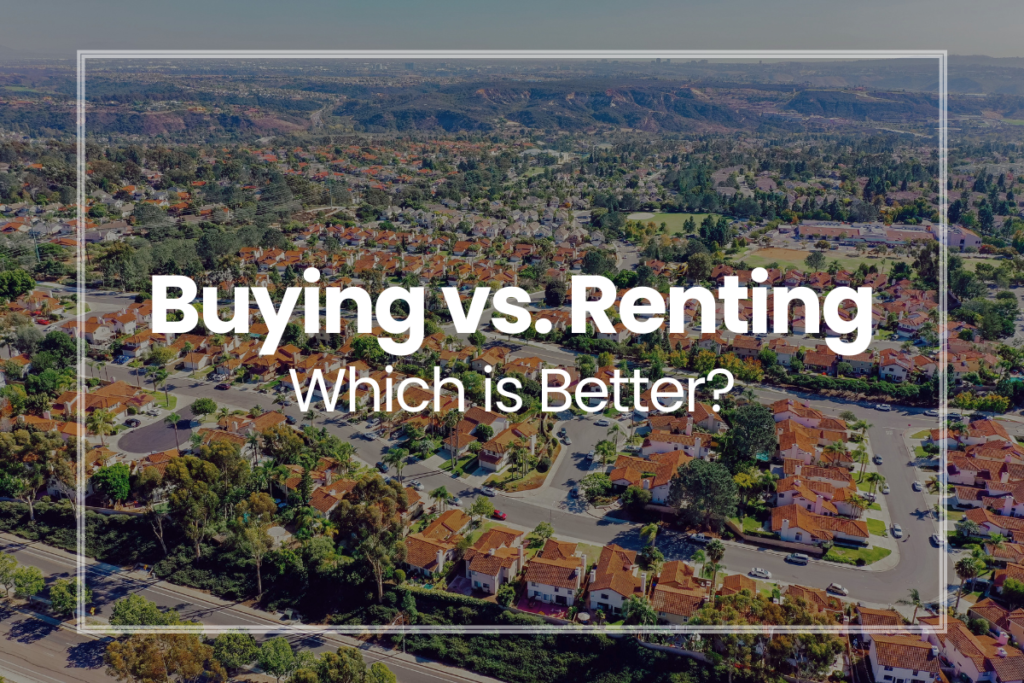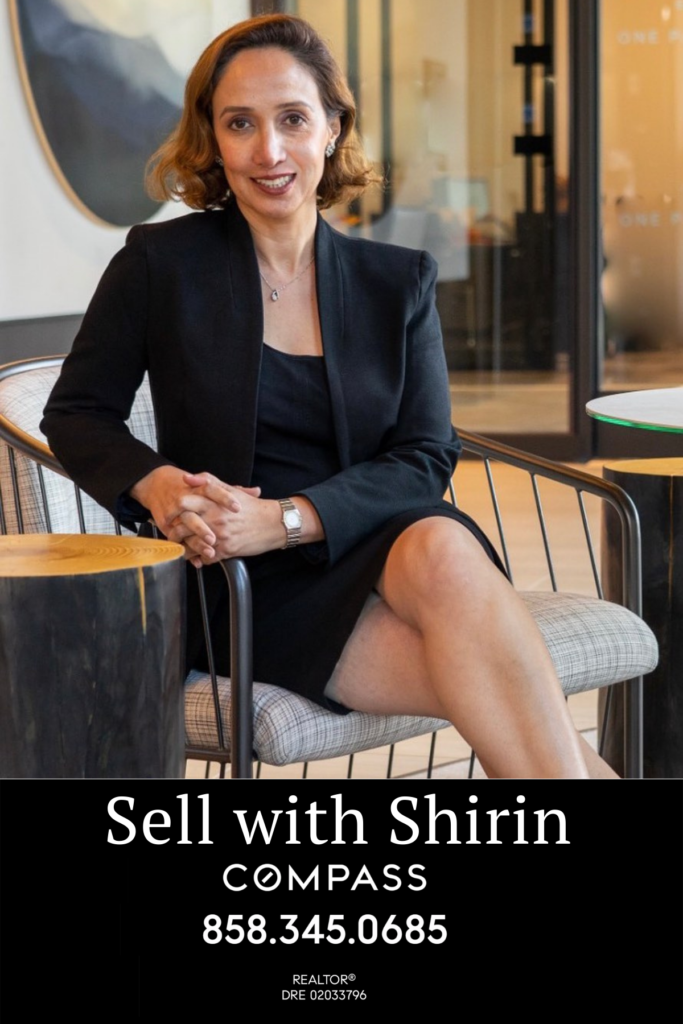
What qualifies as an investment property?
To qualify for exchange, the property must be categorized as a business or investment property, excluding personal residences. This means that while a primary residence is not eligible, a single-family rental property held for investment purposes can be exchanged for commercial rental property. This distinction allows investors to strategically diversify their real estate portfolio while deferring capital gains taxes.
What is “like-kind” property?
Like-kind property, in the context of a 1031 exchange, refers to the requirement that the property obtained must be similar in nature to the one relinquished. This term encompasses a wide range of real estate types, allowing for flexibility in the exchange process. For example, exchanging a duplex for an apartment building is permissible, as long as both properties are located within the United States. This flexibility provides opportunities for investors to strategically diversify their real estate portfolios while deferring capital gains taxes.
What is “boot”?
“Boot” in the context of a real estate exchange refers to non-like-kind property received as part of the transaction. This can take the form of cash, mortgage debt, or personal property. It’s crucial to note that for an exchange to be entirely tax-free, the recipient cannot receive boot from the sale of the property. Any boot received is subject to taxation, emphasizing the importance of carefully structuring the exchange to minimize tax implications.
What does same title holder / tax payer mean?
The idea of “same title holder/taxpayer” requires that the name and tax return linked with the property title upon sale match those used when purchasing a new property. An exemption is made if the individual is the sole member of a limited liability company, in which case the property may be transferred from the company to the individual without breaking this criterion. This principle emphasizes the significance of keeping ownership facts consistent throughout real estate transactions to enable compliance and smooth transfers.
What is a 45-day identification window?
The 45-day identification window is a crucial aspect of a 1031 exchange, allowing participants a limited timeframe of 45 days from the sale’s closure to identify up to three like-kind properties. If two or three properties are identified, their combined value must equal or exceed the value of the property being sold. This timeline serves as a critical period for investors to carefully select suitable replacement properties, ensuring compliance with the exchange regulations and facilitating a seamless transition of assets.
What is a 180-day purchase window?
The 180-day purchase window is a critical element of a 1031 exchange, granting participants a generous 180-day period from the sale’s closure to successfully acquire the identified like-kind properties. This extended timeline provides investors with the necessary flexibility to thoroughly complete the purchase of replacement properties, ensuring a well-executed and compliant transition of assets within the exchange framework. The 180-day window represents a valuable opportunity for investors to strategically reinvest proceeds and defer capital gains taxes within the agreed timeframe (Reference: IRS Section 1031).
You can check Shirin’s video explaining about 1031 Exchange, click here.
What is your home worth? click here.
Homes for sale in Carmel Valley click here.
Shirin Rezania Ramos | 858.345.0685 | www.shirinramos.com | Compass, DRE 0203379


